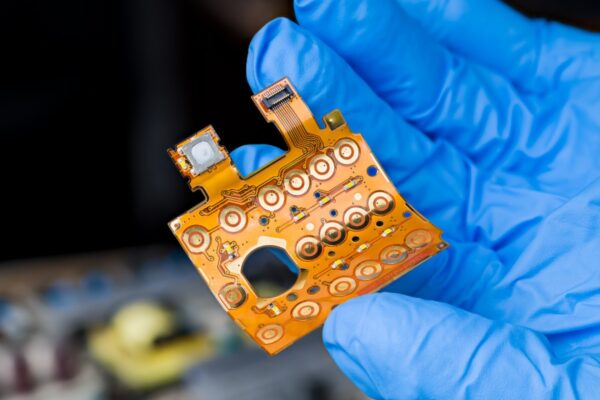What is Gold/Nickel plating
Gold/Nickel plating, also known as Electroless Nickel Immersion Gold (ENIG), is a surface finish technique widely used in the PCB industry that involves the deposition of a thin layer of gold on top of a nickel underplate to enhance the performance, durability, and solderability of the PCB.
Gold plating, a key component of Gold/Nickel plating, is the process of depositing a layer of gold onto the surface of a circuit board. This layer improves the conductivity of the PCB and provides excellent corrosion resistance. Gold plating is achieved through electrochemical plating, where a gold plating solution containing gold ions is applied to the surface, resulting in the deposition of a thin gold layer.
Nickel plating, on the other hand, serves as an underplate for the gold layer. It provides a protective barrier and enhances the adhesion of the gold layer to the PCB. Nickel plating offers benefits such as corrosion resistance, wear resistance, and improved solderability.
The combination of gold and nickel plating in Gold/Nickel plating provides several advantages. The gold layer enhances the conductivity of the PCB, ensuring reliable electrical connections. It also offers excellent corrosion resistance, making it suitable for applications exposed to harsh environments. The nickel layer acts as a protective barrier, preventing oxidation and improving the adhesion of the gold layer.





